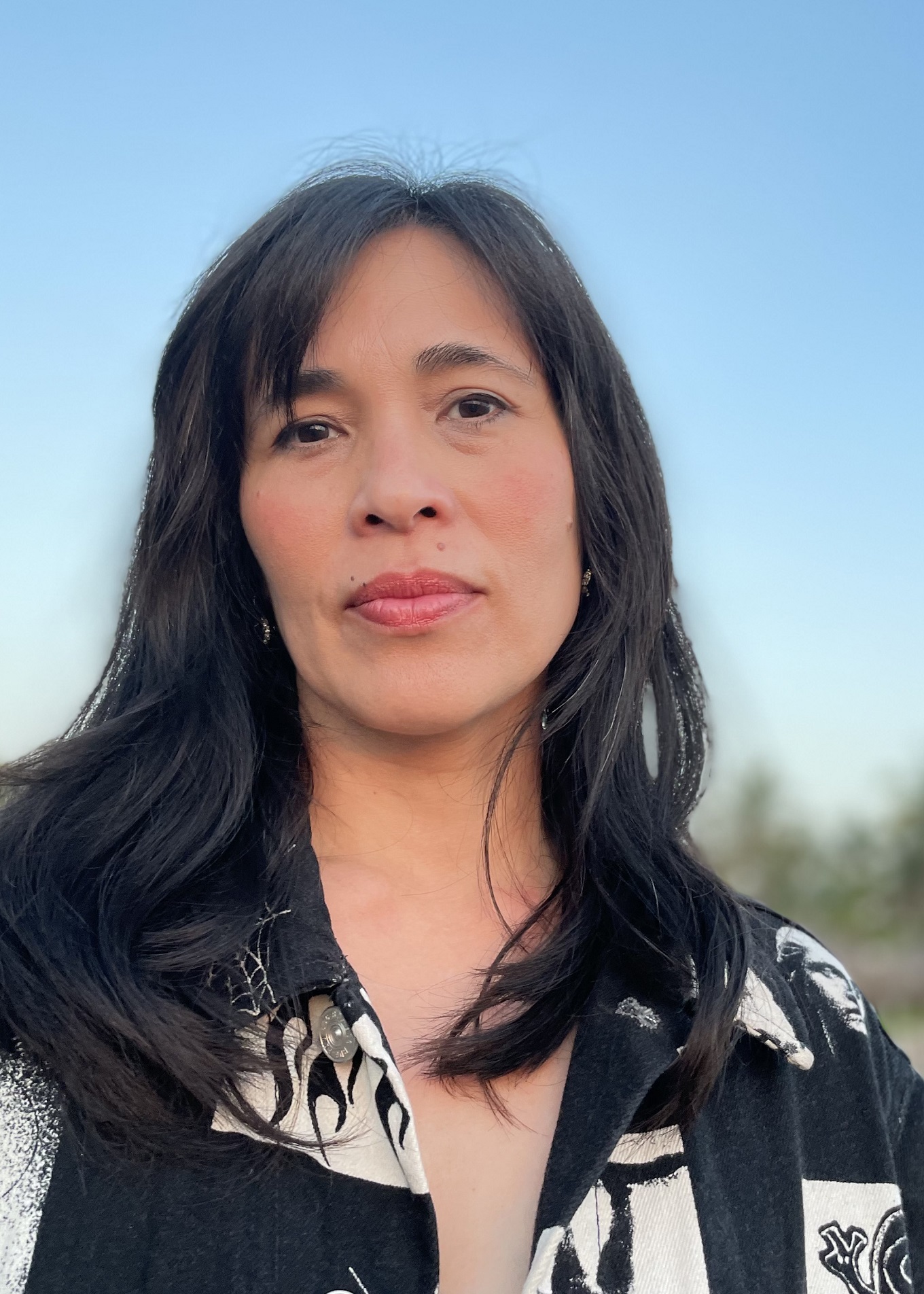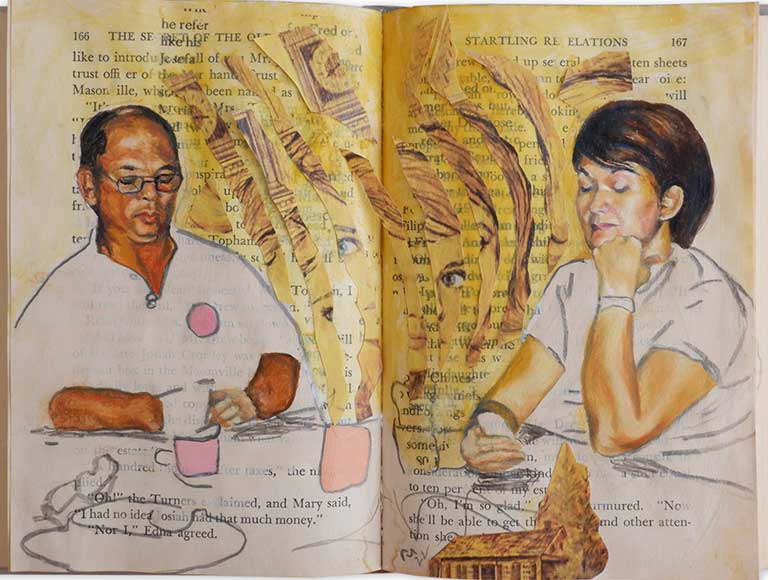A first-of-its-kind exhibition featuring the works of St. Louis artist Ria Unson opens this weekend at COCA.

The exhibit, “Mga Kuwento Namin,” a Tagalog phrase that means “stories we tell,” features works by Unson, a Filipino-American artist, who portrays personal and historical representations of Filipinos within frames used by colonial powers, from Western literature to the 1904 World’s Fair in St. Louis.
Unson says the power of stories to shape culture and identity compels her work as an artist.
“‘Mga Kuwento Namin’ is a collection of work that reclaims stories from being about Filipinos (like they were during the 1904 World’s Fair) to being by Filipinos, such as myself and others in the St. Louis community today,” Unson said.
The 1904 World’s Fair, known formally as the Louisiana Purchase Exposition, drew as many as 20 million spectators to Forest Park. Held shortly after the Spanish-American War, when the United States claimed the Philippines as a territory, the fair was used to showcase imperialism and American “benevolence.” The Philippine Village – the largest exhibit at the fair – spread out over 47 acres and housed more than 1,000 Filipinos from “primitive” tribes. Transported to the States under harsh conditions, some of them died before even reaching the fair.
In the exhibit, Unson delves into what it looks like to reclaim one’s narrative – whether by painting portraits of family members on Western books or creating composite imagery from present-day portraits of Filipino women.
“Mga Kuwento Namin” also includes a soundtrack that features stories from the subjects – spoken in Tagalog and other dialects the artist refers to as “historically suppressed mother tongues” – as a way of commemorating the Philippine pre-colonial oral history tradition.
The exhibit explores how identity is constantly shaped and challenged by colonial images and language impositions, notes COCA curator in-residence Karla Aguilar.
“What does it mean when the image you have of yourself and your community does not align with Western models of beauty and civilization that kept appearing during childhood?” Aguilar said. “I was fascinated when Ria explained to me how these discourses and ideas of what civilization and progress mean were deeply embedded in her growing up as an immigrant, even before she could realize where these ideas came from.”

Aguilar says in the constant search for the origins of the stereotypes that define how the artist sees herself as an immigrant, Unson traces the Filipino community history back to the infamous World’s Fair and its racist portrayal of the Philippines.
“Emphasizing how those images still have a resonance in the city today, [the exhibit] includes three photograph projections of the circus-like Filipino villages constructed for the World’s Fair and overlays the faces of the protagonists with portraits of current members of the Filipino community in St. Louis,” Aguilar explained.
Born in Manila, Unson emigrated to the U.S. at age 13, eventually settling in the Midwest. She would later discover that her great-grandfather was assigned to the 1904 World’s Fair, following the American colonization of the Philippines. By sheer coincidence – or destiny – she moved to the historic St. Louis neighborhood that was the site of the Philippine Village at the fair.
“I hope that people viewing the exhibit get curious. I hope they start to ask how stories – perhaps their favorite books, movies, songs – have shaped their values and belief systems,” Unson said. “Maybe they will realize, like I did, that some long-held ‘truths’ were actually adopted from some external source. Perhaps visitors will ask, ‘Where did these stories come from and whom did they serve?’”
“Mga Kuwento Namin” is free and open to the public and will be on view March 24 to May 3 at the Millstone Gallery at COCA (6880 Washington Ave. in University City). An Opening Night reception takes place Friday, March 24, from 6 to 8 p.m. COCA is also hosting a free gallery talk featuring the artist on Friday, April 21, from 6:30 to 8 p.m.
Poignant Memorial Pays Tribute to Long-Lost Mill Creek Valley





